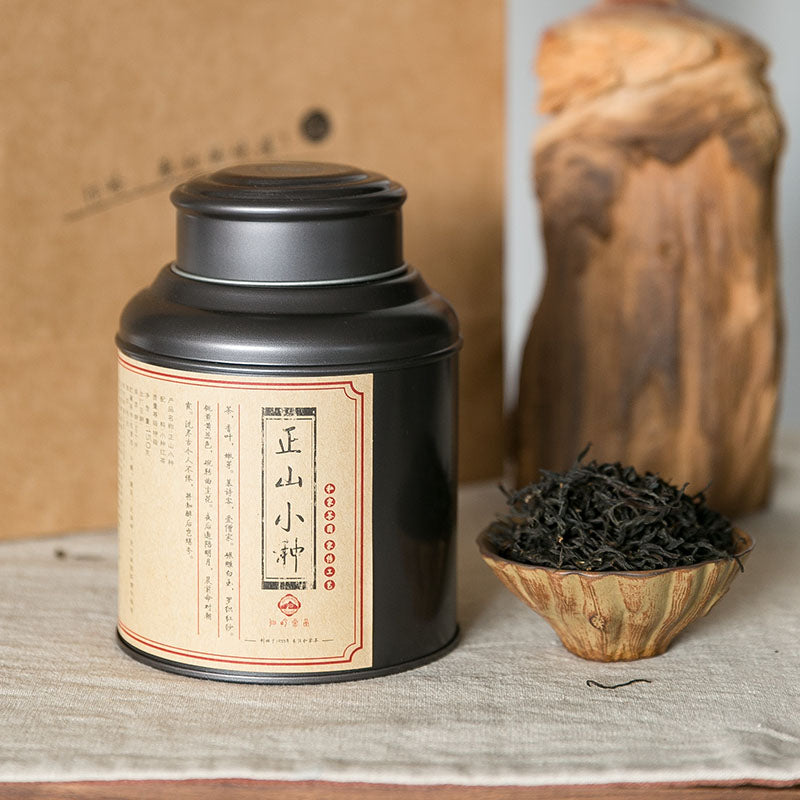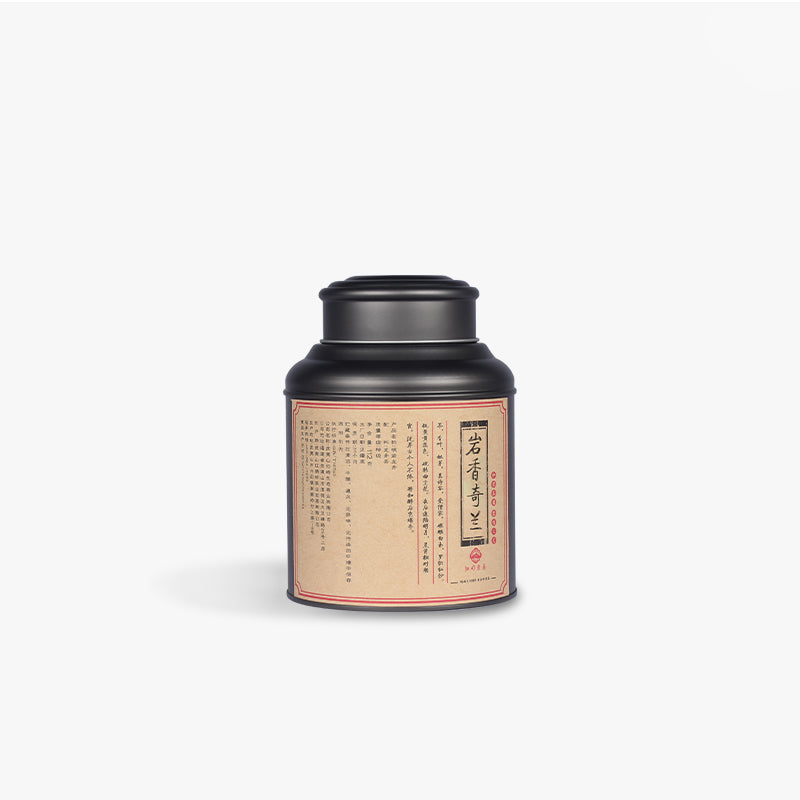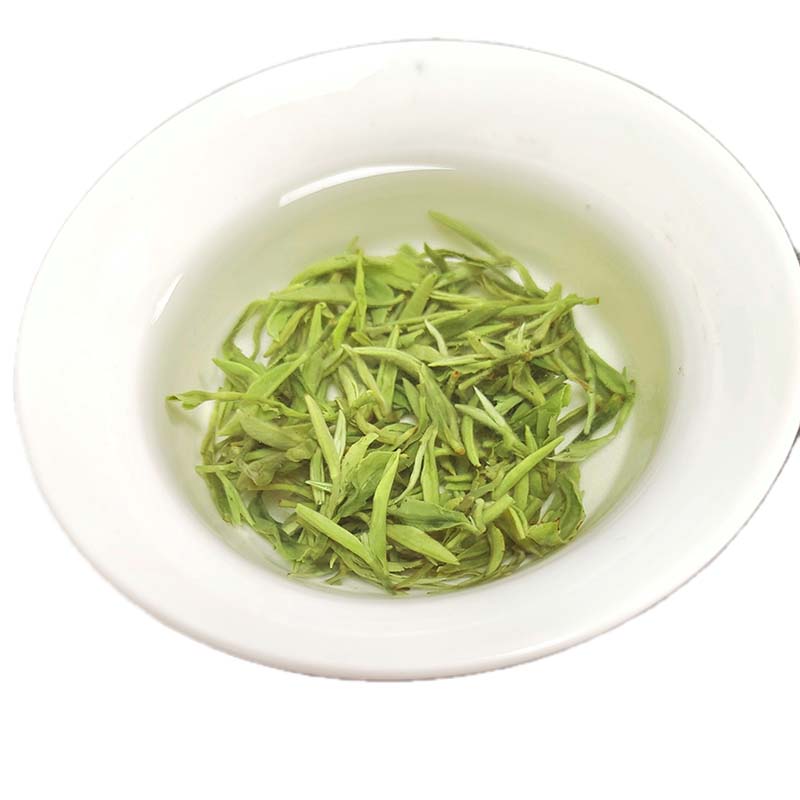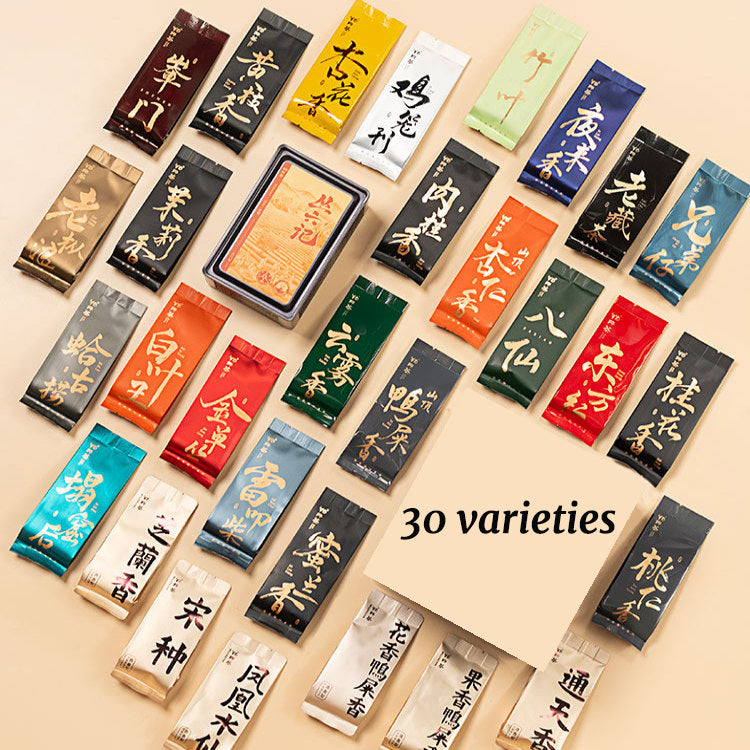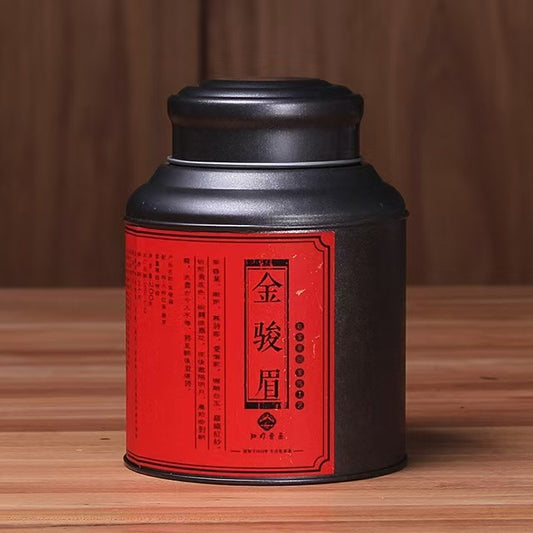Caffeine Content White Tea vs Green Tea
Caffeine Content White Tea vs Green Tea
When it comes to distinguishing between white and green tea, many enthusiasts find themselves pondering the caffeine content of each. While both teas originate from the same plant, Camellia sinensis, subtle differences in their processing contribute to distinct characteristics, including how much caffeine they contain.
White tea is often lauded for its gentle, delicate flavor and is minimally processed. Its leaves are typically plucked from the youngest buds, then air-dried, leading to a tea that preserves many of its natural properties. You might imagine someone unfurling the fragile leaves early in the morning, as the mist still blankets the tea fields, capturing a quiet moment of nature’s bounty. White tea's caffeine content is generally lower than that of green tea, though this can vary depending on the specific variety and brewing method. It carries a whisper of energy, ideal for those who seek a mild lift without the stark alertness that coffee purveyors might crave.
In the realm of green tea, the story takes a different turn. Known for its verdant hues and slightly more vegetal flavor profile, green tea undergoes a process of brief steaming or pan-firing to halt oxidation. This keeps the leaves vibrant and the flavor fresh. The caffeine content in green tea can range widely, influenced by factors such as harvest time and preparation. For instance, a shade-grown green tea like Matcha contains higher levels of caffeine compared to sun-exposed varieties, as the plants work diligently to absorb more amino acids and nutrients in the absence of sunlight.
One might wonder why caffeine levels would matter to the discerning tea drinker. Beyond its stimulating effects, caffeine also interacts with L-theanine—a compound prevalent in both white and green teas that promotes a state of calm attention. This subtle dance between caffeine and L-theanine gives tea its unique ability to invigorate the mind while soothing the soul, a combination cherished in many cultures from the bustling teahouses of Kyoto to quiet moments of reflection in British parlors.
The differences in caffeine levels between white and green tea serve as a gentle reminder that tea, much like the people who enjoy it, can possess a spectrum of characteristics. Whether you find yourself drawn to the serene elegance of white tea or the nuanced complexity of green tea, each offers its own narrative, waiting to unfold with every sip. Isn’t it fascinating how something as simple as a leaf can hold such depth and potential?

